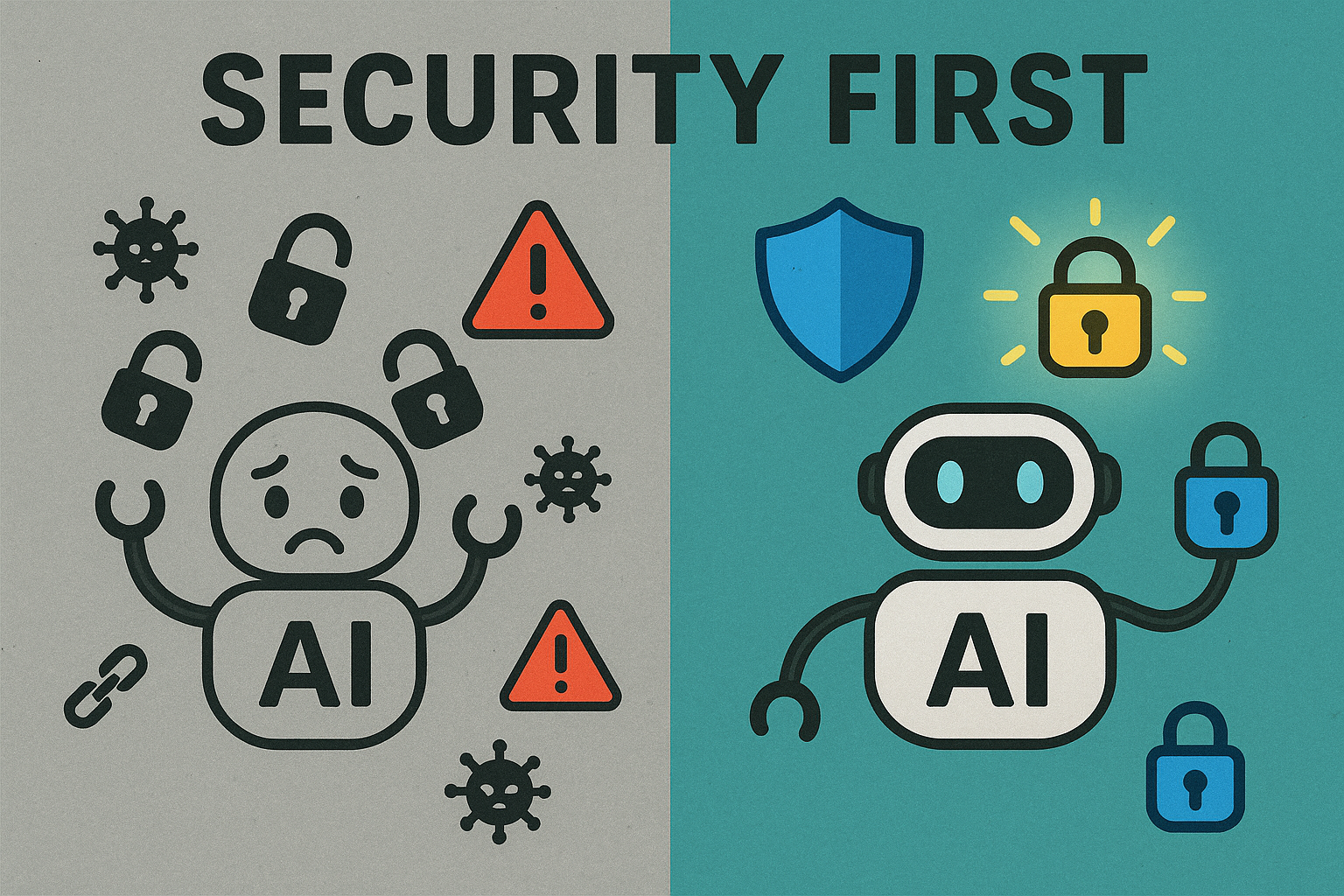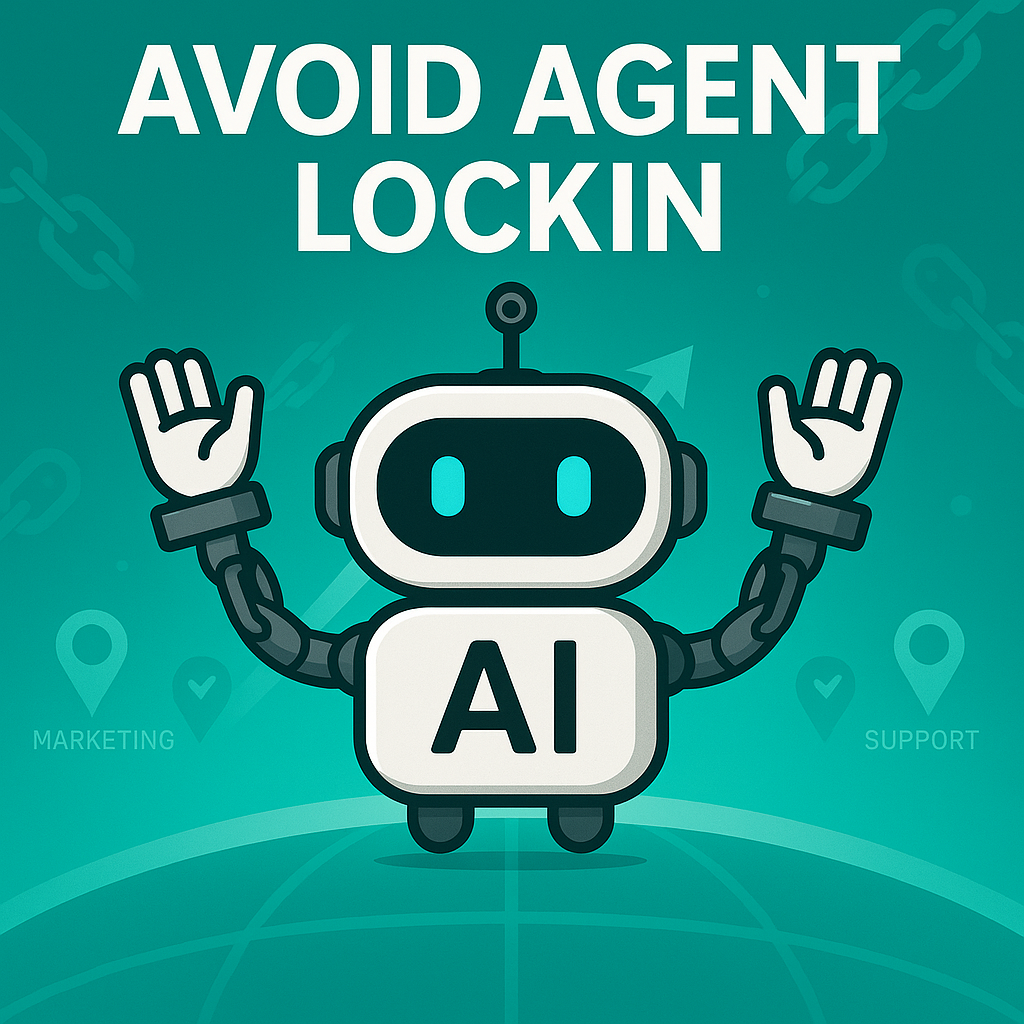Security First: How MCP Enables Safe Enterprise AI Integration
Learn how the Model Context Protocol addresses enterprise AI security challenges with security-by-design architecture, comprehensive audit trails, and compliance frameworks.

In today's rapidly evolving business landscape, organizations are increasingly looking beyond basic AI chat interfaces to create truly connected, context-aware AI systems. The Model Context Protocol (MCP) represents a paradigm shift in how enterprises can leverage artificial intelligence, but like any significant technology investment, decision-makers need clear metrics to justify the costs and measure success.
This comprehensive analysis examines the tangible and intangible returns organizations can expect from implementing MCP infrastructure, providing frameworks for calculating ROI and real-world scenarios that demonstrate the protocol's business impact.
Understanding MCP Investment Components
Before calculating ROI, organizations must understand the investment landscape for MCP implementation. The total cost of ownership typically includes:
Technology Infrastructure
Platform licensing, integration costs, and ongoing maintenance of the MCP management system
Implementation Services
Professional services for initial setup, custom MCP development, and integration with existing enterprise systems
Training and Change Management
User training programs, administrator certification, and change management initiatives
Ongoing Operations
Monitoring, security compliance, updates, and support costs associated with maintaining a connected AI ecosystem
Quantifying Direct Financial Returns
Productivity Gains Through Context-Aware AI
The most immediate ROI comes from enhanced productivity when AI systems have access to relevant business context. Traditional AI implementations require users to manually provide context for each interaction, creating friction and limiting effectiveness.
Time Savings Calculation
For an organization with 1,000 knowledge workers earning an average of $75,000 annually:
- Daily savings: 1,000 users × 0.5 hours × $36/hour = $18,000
- Annual savings: $18,000 × 250 working days = $4.5 million
Reduced System Integration Costs
MCP standardizes how AI systems connect to enterprise data sources, dramatically reducing integration complexity. Organizations typically spend 60-80% of AI project budgets on data integration and custom connectors.
Integration Cost Reduction
A typical enterprise AI initiative requiring connections to 10 data sources might cost $500,000 in custom integration work. With MCP, standardized connectors reduce this to $150,000, saving $350,000 per project.
For organizations running 5 major AI initiatives annually, this represents $1.75 million in direct cost savings.
Strategic Business Value Creation
Enhanced Decision-Making Quality
Connected AI systems with comprehensive context access enable higher-quality business decisions. MCPs allow AI to consider real-time data, historical trends, and cross-functional insights simultaneously.
Decision Impact Multiplier
Organizations report 25-40% improvement in decision quality when AI systems have access to comprehensive business context. For strategic decisions with $1 million impact, improved accuracy worth $250,000-$400,000 per decision significantly outweighs MCP investment costs.
Competitive Advantage Through AI Sophistication
MCP enables organizations to create differentiated AI experiences that competitors using basic AI tools cannot match. This sophistication translates to market advantages in customer service, product development, and operational efficiency.
Market Position Value
Companies with superior AI capabilities often command premium pricing or capture additional market share. Even a 1% revenue increase for a $100 million company ($1 million annually) justifies substantial MCP investment.
Calculating Your Organization's MCP ROI
ROI Framework Template
Year 1 Investment:
- Platform licensing and setup: $X
- Professional services: $Y
- Training and change management: $Z
- Total Investment: $(X + Y + Z)
Annual Benefits:
- Productivity gains: $A
- Integration cost savings: $B
- Faster time-to-value: $C
- Decision quality improvements: $D
- Risk mitigation value: $E
- Total Annual Benefits: $(A + B + C + D + E)
3-Year ROI Calculation:
- Total 3-year benefits: $3 × (A + B + C + D + E)
- Total investment (including ongoing costs): $Investment + $3 × Operating Costs
- ROI = (Total Benefits - Total Investment) / Total Investment × 100%
Industry-Specific Considerations
- Financial Services: Focus on compliance value, risk reduction, and improved customer service through connected AI systems that access customer history, regulatory requirements, and market data simultaneously.
- Healthcare: Emphasize patient care improvements, operational efficiency, and regulatory compliance through AI systems that can access patient records, treatment protocols, and regulatory guidelines contextually.
- Manufacturing: Calculate value from predictive maintenance, quality control, and supply chain optimization enabled by AI systems connected to operational data, supplier information, and production metrics.
- Technology Companies: Measure ROI through accelerated product development, improved customer support, and enhanced internal operations via AI systems with comprehensive access to codebases, customer data, and operational metrics.
Implementation Success Factors
Measuring and Maximizing ROI
- Establish Baseline Metrics: Document current AI usage patterns, integration costs, and productivity metrics before MCP implementation to enable accurate ROI measurement.
- Phased Rollout Strategy: Start with high-impact use cases to demonstrate early ROI, then expand to additional departments and functions based on proven success.
- Continuous Optimization: Regular assessment of MCP utilization, user satisfaction, and business impact ensures ongoing value realization and identifies optimization opportunities.
- Executive Sponsorship: Strong leadership support accelerates adoption and ensures resources are available to realize full ROI potential.
The Strategic Imperative
The ROI of MCP investment extends beyond immediate financial returns to encompass strategic positioning for the AI-driven future. Organizations that invest in connected AI infrastructure today position themselves to leverage future AI advances more effectively than competitors relying on disconnected, context-poor systems.
As AI capabilities continue expanding, the value differential between connected and disconnected AI systems will only increase. MCP investment represents not just current ROI, but future-proofing organizational AI capabilities for sustained competitive advantage.
The question for enterprise leaders is not whether MCP investment will deliver ROI, but whether they can afford the opportunity cost of maintaining disconnected AI systems in an increasingly connected business environment. The organizations that recognize and act on this strategic imperative will establish lasting advantages in the AI-driven economy.
Read More

Enterprise Code Mode: avoid lock-in, keep control (the Palma.ai way)
Code Mode compiles an agent's plan into code, runs it in isolates, and lets that code call only policy-approved MCP tools. Palma.ai brings this to the enterprise—on-prem, vendor-neutral, with policy, audit, and FinOps at the tool boundary.

Why Enterprise AI Fails Without Proper Data Governance: The MCP Solution
Discover why 70-80% of enterprise AI projects fail and how proper data governance frameworks with MCP can transform AI into secure, compliant business assets.
Ready to Future-proof your AI Strategy?
Transform your business with secure, controlled AI integration
Connect your enterprise systems to AI assistants while maintaining complete control over data access and user permissions.